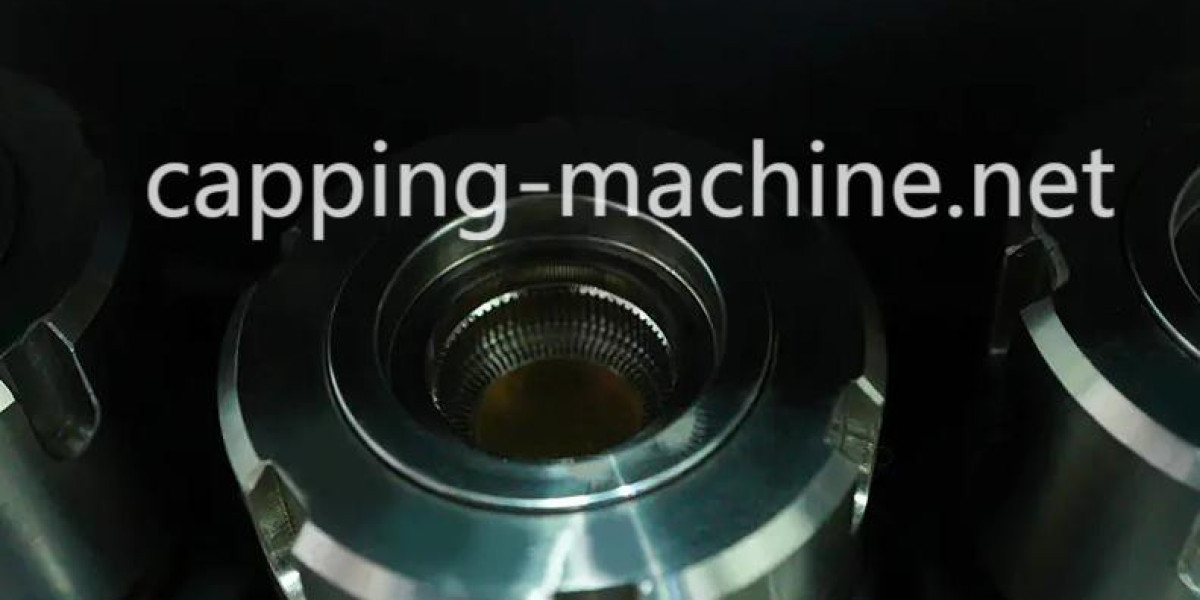As production efficiency becomes the centerpiece of competitive strategy, manufacturers in fast-moving consumer goods increasingly rely on the Cap Compression Moulding Machine to meet growing quality and sustainability expectations. Positioned between innovation and industrial scalability, the Cap Compression Moulding Machine has transformed how bottle caps are designed, manufactured, and distributed in global packaging supply chains.
The modern packaging sector is facing unprecedented pressure to reduce cost-per-unit while achieving zero-defect standards. Cap compression moulding meets these demands by delivering precise dimensional consistency at high output speeds. Unlike traditional injection moulding, which often generates more material waste and requires higher energy input, this technology leverages lower cavity pressure and minimal cooling time to produce caps more efficiently. As brands move toward recyclable and lightweight designs, the need for machinery that aligns with such objectives continues to grow.
Technological upgrades in cap compression systems are pushing the boundaries of speed and automation. From servo-controlled moulding units to intuitive HMI panels, today's machines can be tailored for diverse applications without major downtime or tooling overhauls. These smart systems are particularly useful for beverage, pharmaceutical, and personal care sectors, where cap variation and production volumes fluctuate regularly. Adaptive mould design and fast changeover mechanisms ensure consistent production even under pressure.
Moreover, the scalability of cap compression moulding systems allows both global giants and smaller regional players to benefit from automation without over-investing. For instance, mid-cap operations that previously relied on semi-manual methods can now switch to modular systems that grow alongside business demands. The return on investment is evident not only in cost savings, but also in quality assurance, as machines integrate in-line inspection to detect micro-defects before products leave the floor.
The environmental dimension also adds weight to this transformation. Many countries are enforcing Extended Producer Responsibility (EPR) regulations that require packaging manufacturers to reduce plastic use and ensure recyclability. Cap Compression Moulding Machines help meet such regulations by supporting thinner cap wall structures and using recyclable resins. Their precise dosing and lower cycle energy consumption significantly cut down on production-related emissions—an aspect increasingly scrutinized by both regulators and consumers.
A standout contributor to these advances is Taizhou Chuangzhen Machinery Manufacturing Co., Ltd., whose R&D-driven machines represent the best of performance and customization. Whether for short-run specialty caps or long-haul high-volume production, their machines provide intelligent control systems, real-time diagnostics, and seamless integration into existing plant networks. This flexibility enables clients to upgrade technology without rewriting entire production workflows.
At a time when supply chains are more fragile and consumer demands more volatile, having a stable and efficient cap production system is no longer optional—it's critical. Cap compression technology provides the adaptability, speed, and cost management today's industries demand. Manufacturers not only reduce material waste and energy consumption, but also create room for innovation in cap design, tamper-resistance, and functionality.To explore how Taizhou Chuangzhen Machinery's cap compression moulding technology can support your production goals, visit their official site: https://www.capping-machine.net/ .




